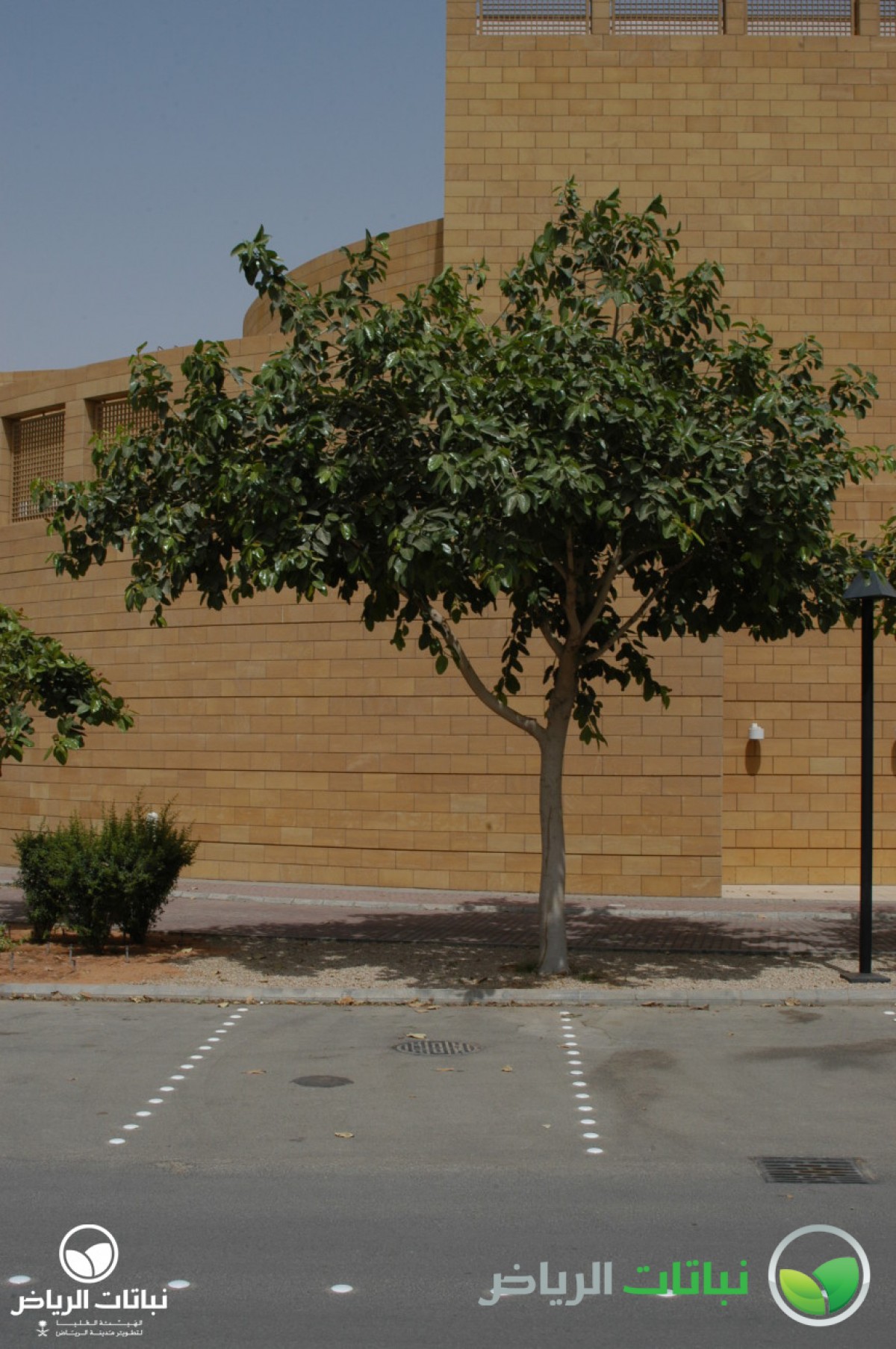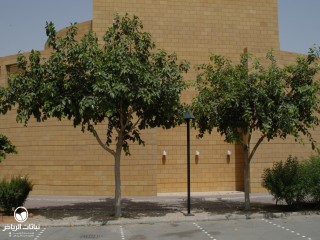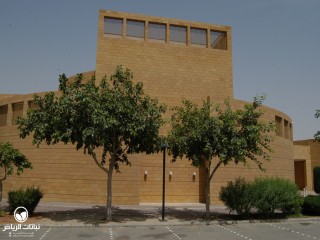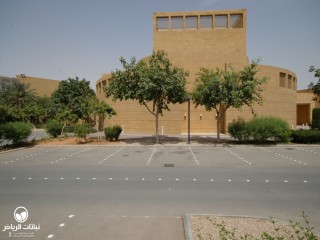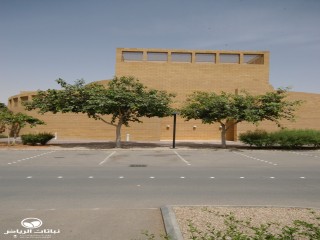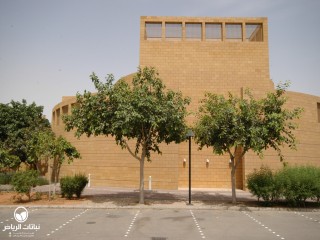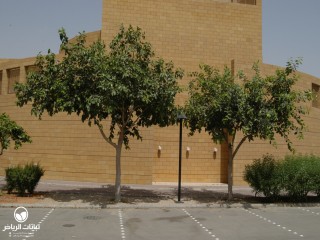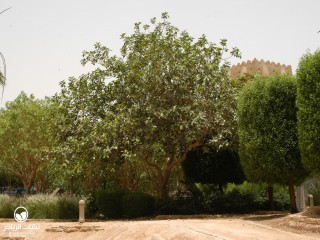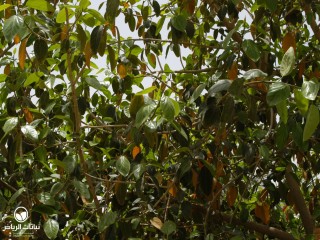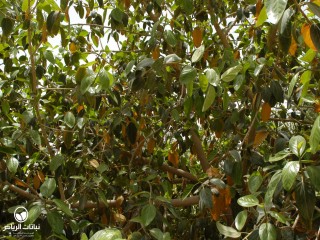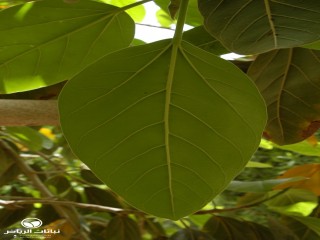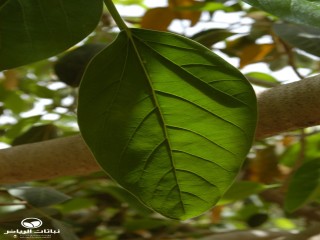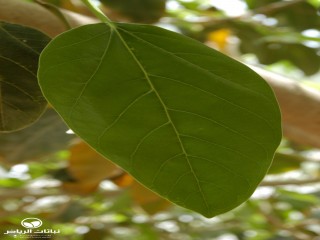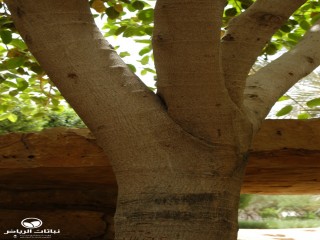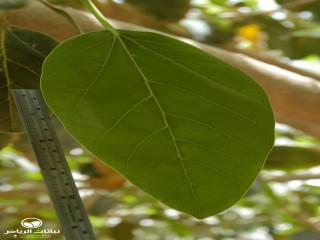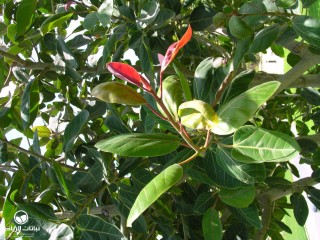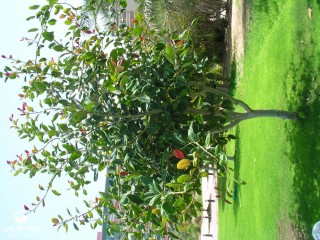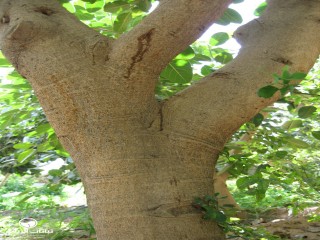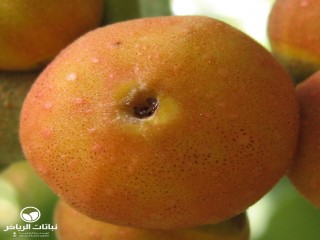Riyadh Plants
Banyan Tree
The Banyan is a large and fast-growing tree originating in northwest India in the foothills of the Himalayas. As an epiphyte, it starts life when the seeds germinate in crevices between the branches of the host tree. Often seen in parks in Arriyadh, it develops into a majestic tree, given sufficient space. It will reach a height of up to 30 metres and as much as 18 metres in width with a short, stout trunk with smooth, grey bark. In maturity, it typically produces aerial roots from its outstretched heavy limbs, which hang downwards from the branches in a dense network and ultimately help to support the main trunk. Rooting in new ground, the tree then takes on a new lease of life. This development, while common in India, is not observed in Arriyadh. The large, ovate and obtuse leaves are a glabrous dark green; newly sprouted leaves are a startling red. Older leaves fall regularly after the new ones have grown, so that all leaves are gradually replaced throughout the year. Fruits are fig-like and red when ripe, and are eaten by bats. The roots run flat below the surface and are particularly extensive. F. benghalensis prefers a deep fertile soil, but will grow on sandy soils with regular irrigation in full sun. Trees have medium drought and salinity tolerance, and are also quite hardy to frosts. Propagation is by softwood cuttings and air-layering on branches. The Banyan tree makes an excellent specimen tree in parks and public squares. Leaf litter is a maintenance item and good pruning is required to keep the tree in shape.
